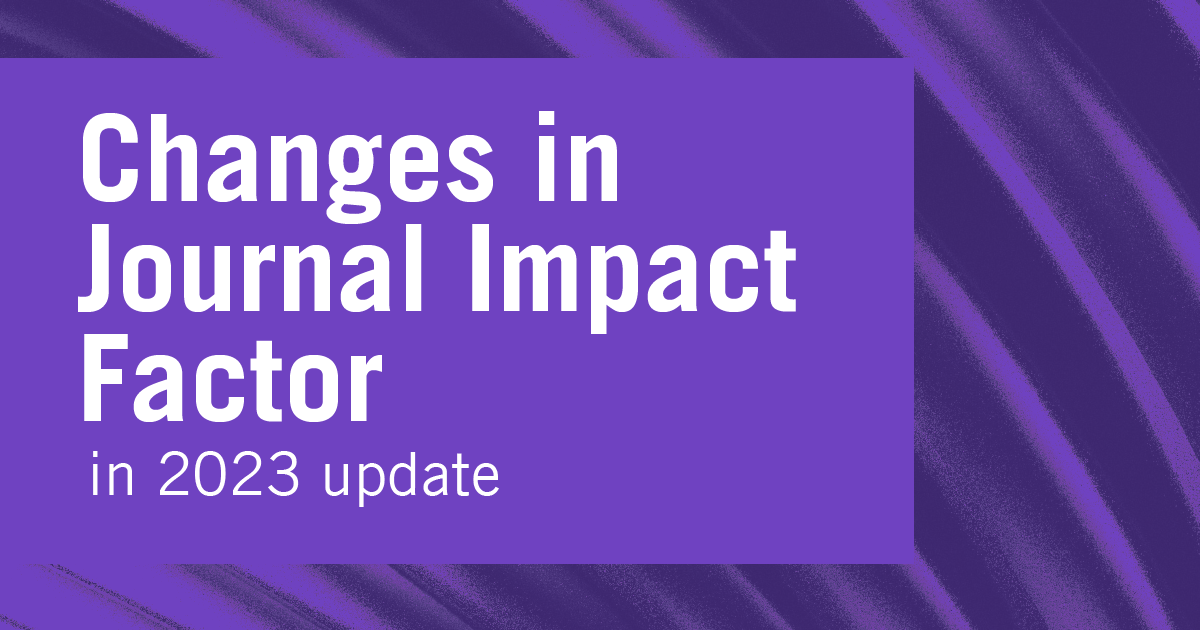
By Yeo Pin Pin, Head, Research Services
At the end of June 2023, the 2023 update of the Journal Citation Report was released. This edition came with a significant number of changes in the Journal Impact Factor (JIF).
Previously, JIF were only provided for journals in the Science Citation Index and Social Science Citation Index. In the 2023 update, JIFs are now available for journals in the Arts and Humanities Citation Index, and the Emerging Sources Citation Index. This added 9,000 journals which have JIF for the first time.
JIFs were previously presented with 3 decimal places. In the 2023 update, JIF are presented with 1 decimal place. Similarly, the JIF Percentile are presented with 1 decimal place instead of 2 decimal places.
For example, the Academy of Management Journal, in the 2022 update, JIF was 10.979 and JIF Percentile was 93.64. In the 2023 update, JIF is 10.5 and JIF Percentile is 93.2.
Financial Review is an example of a journal that previously did not have JIF, was a journal in the Emerging Sources Citation Index. It now has JIF 3.2.
How is the JIF calculated? It takes the citations found in Web of Science in 2022 to items published in 2020 and 2021 and divides them by the number of citable items. In a simple sense, it is the average number of citations to the items in the journal
The Journal Citation Indicator (JCI) which was first launched in 2021 is the average Category Normalized Citation Impact (CNCI) of citable items published by a journal over a three-year period, where 1 is the average. JCI normalises the citations for the journal by taking into account the subject field.
The Academy of Management Journal, which is in the subject category Business and Management, has JIF 10.5 and JCI 2.54. World Development, which is in the subject category of Economics and Development Studies, has JIF 6.9 and JCI 2.32. JCI gives another metric to help with evaluation of journals.
You can check out the new JIF by accessing Journal Citation Report via the SMU Libraries subscription.
Other free-to-access sources for journal metrics are:
- Scopus Sources which calculates its own version of a journal impact factor called CiteScore
- Scimago Journal Rank which calculates its own SCImago Journal Rank using citations weighted by the prestige of the citing journal
- Google Scholar Metrics [for Journals] which uses h-index
For further reading:
- Clarivate. (2023 June 28). Clarivate unveils Journal Citation Reports 2023. https://clarivate.com/news/clarivate-unveils-journal-citation-reports-2023-a-trusted-resource-to-support-research-integrity-and-promote-accurate-journal-evaluation
- Conchran, Angela. (2022, July 26). The End of Journal Impact Factor Purgatory (and Numbers to the Thousandths). Scholarly Kitchen. https://scholarlykitchen.sspnet.org/2022/07/26/the-end-of-journal-impact-factor-purgatory-and-numbers-to-the-thousandths